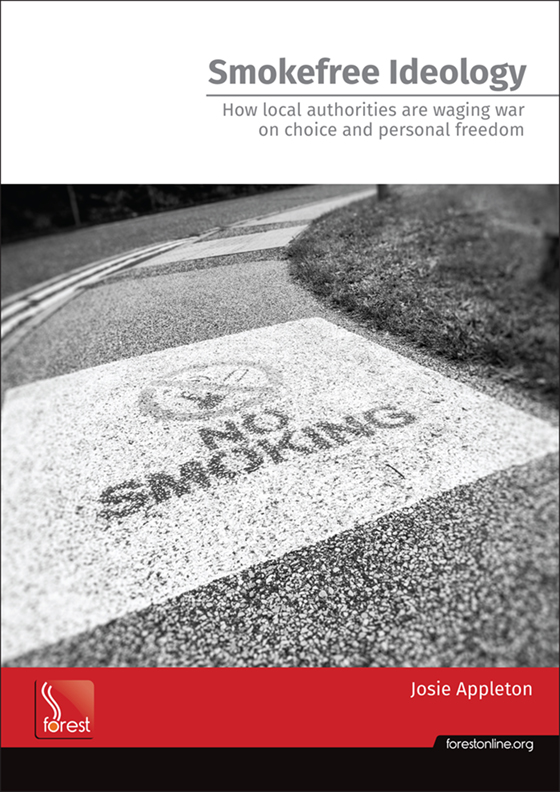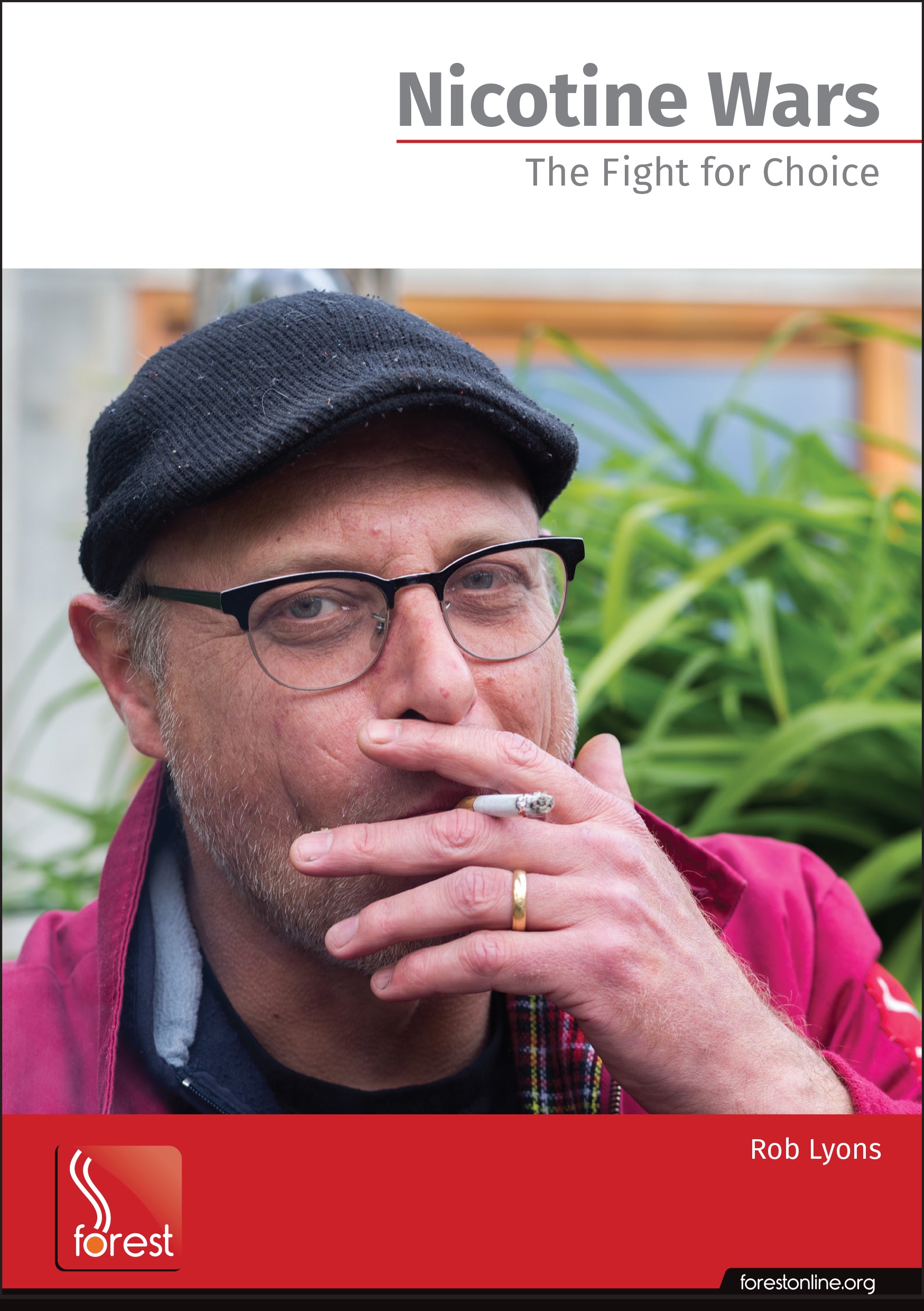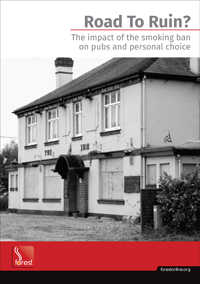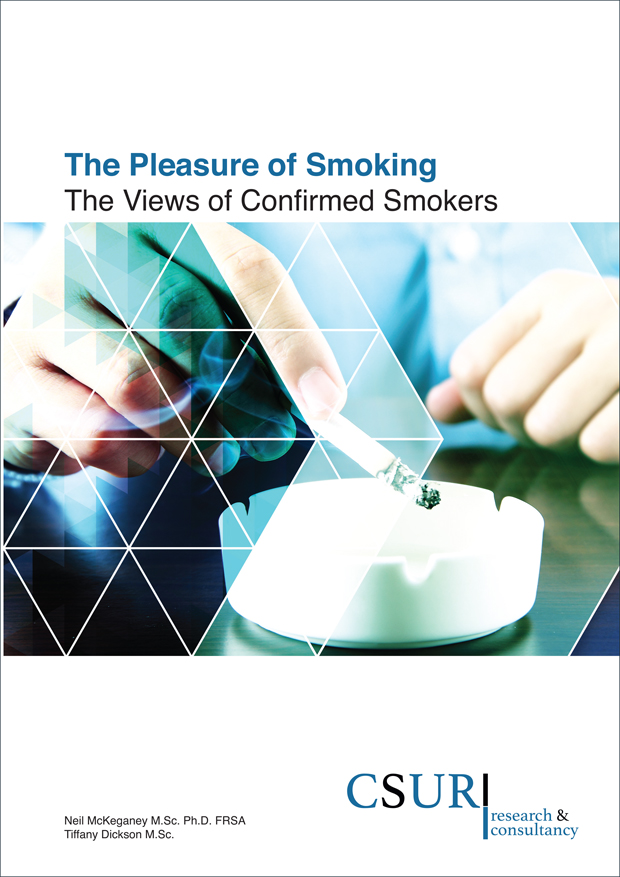Ireland: smoking ban has saved thousands of lives. Allegedly.
 Tuesday, April 30, 2013 at 13:47
Tuesday, April 30, 2013 at 13:47 Reports in Ireland suggest that almost 4,000 lives have been saved by the introduction of the smoking ban in 2004.
You can find the study here: Reductions in Cardiovascular, Cerebrovascular, and Respiratory Mortality following the National Irish Smoking Ban: Interrupted Time-Series Analysis.
I haven't read it yet so I'd better not rush to judgement. Then again, we've been here before. Remember The myth of the smoking ban ‘miracle’ (Chris Snowdon)?
Unfortunately we didn't get a chance to read this latest report in advance let alone comment so there's little balance in Irish media reports.
By chance, however, Forest Eireann has today released details of our Road to Prohibition Tour which begins in Cork on Wednesday May 15 and winds up in Dublin on May 28-29.
More info to follow. If you live in Ireland and would like to meet John en route I'm sure he'll be delighted to see a friendly face!
 Simon Clark
Simon Clark
Quick off the mark, Chris Snowdon writes:
Another smoking ban miracle, this time from Ireland and this time not limited only to heart attacks but to, well, nearly everything ...
Step forward Luke Clancy, currently of the Tobacco Free Research Institute, previously the chairman of ASH Ireland and the lead figure in campaigning for the smoking ban back in 2003. What better man to mark his own homework ...
After a spin round the statistics, Chris concludes:
In the end, Clancy et al.
resort toapply the statisticaltrickmethod of simply guessing how much higher rates of disease might have been if Clancy hadn't succeeded in getting the Irish government to ban smoking in 'public' places.
In the absence of a national smoking ban, an estimated 3,726 (95% CI: 2,305–4,629) additional smoking-related deaths would have occurred.
With that bit of 'science' completed all that remains is to type out the study, issue the press release and wait for the media to announce ...
All in a day's work for tobacco control.
See: The Irish smoking ban miracle (Velvet Glove Iron Fist)











Reader Comments (2)
Well I'm happy to rush to judgement - it's total crap!
I have had only sufficient time to do a shallow analysis of this paper, but then it is very shallow in itself, so that may be appropriate. A few observations that I can make so far:
1. I would first invite anyone to have a look at the charts (Figure 2) showing the actual mortality in the various diagnostic groupings that they studied. Can anyone see anything other than steady trends that were consistent across the whole time period, and didn't suddenly fall off a cliff at the intoduction of the smoking ban? Well I can't. The only one that does hint at such a change is strokes, but it is a tiny change.
It is also noteworthy that all of the charts start off with steep declines in mortality in 2000 (almost reverse "hockey-sticks") which, if they are included in the pre-ban trend calculations will hugely distort the calculated slope (average rate of pre-ban change in mortality). There is a hint as to what this might be due to in their discussion:
" However, following implementation of a series of coal bans across Ireland's major cities from 1990–2000, large declines in black smoke were noted [45], along with subsequent reductions in cardiovascular and respiratory mortality in Dublin [46]. These air quality improvements may partly explain the pre-ban mortality decreases detected in this study."
In other words, Ireland went (coal) "smoke-free" in 1990 and there was still a large and visible reduction in certain causes of death (mainly respiratory) as recently as 2000. There is also reference to "increased ILI activity ... the largest period of increase occurring ... in the latter part of the 2000–2001 influenza season"), where "ILI" refers to "influenza-like illnesses". These are obvious confounders and strongly suggest that the year 2000 should not have been included in the analysis.
2. This is now the third or fourth 'study' in recent months that has used the Stanton Glantz fiddle factor ("An indicator variable was used to define the smoking ban, with a value of zero given to the weeks before ban implementation and a value of one given to the week of ban implementation (beginning March 28, 2004) and all following weeks") - which is an outrageous abuse of the statistical method, frankly. Why? Well they are supposed to be conducting a study to see if there was a 'smoking ban effect' (the null hypothesis is that there wasn't), yet they build such an effect into their model, and introduce a putative measurement of the scale of that effect! I mean why set the value to 1? Why not 5, 100, ten million? It is meaningless on stilts!
But much worse is the fact that the way they have used it, including a rather peculiar assumption built into their model (see Figure 1 and the shape of the modelled time-series) with the result that this model will always show an immediate fall in deaths just after the point at which (insert event of your choice) occurred, regardless as to whether or not such a fall exists in the real measurements. It doesn't - this is a self-fulfilling prophecy! It is also risibly poor mathematics - I'd expect better from pre-A level students than this.
3. Now to the results. Table 1 shows a series of calculations showing what the model determined to be the immediate falls in mortality, and the continuing (trend) falls thereafter. Notice, first of all that all of the diagnostic groups showed 'immediate' falls in mortality ranging from 38% (COPD) to 11% (AMI - 'heart attack' - the smallest fall). Remember my final comment in (2) above - especially when you go looking for a 15% fall in "non-smoking related mortality" (as shown by the model result) when the chart clearly shows a trend that is slowly rising over the whole period!
There seems to be a standard mantra for these people; "never believe the evidence of your own eyes - we in public health have special insights that go beyond the material world in the pursuit of truth (as we see it)"!
As for the 'quality' of the findings, you will note that, after the table of results, they comment on a few - but they have deliberately cherry-picked only the handful that achieve 95% statistical significance, whereas the majority do not reach even this, the most basic level of statistical relevance. So what are the significant results? Not quite what you would imagine; the groupings with significant post-ban falls are: Ischaemic Heart Disease, Stroke, COPD, All Cause Mortality and Non-Smoking Related Mortality!
So, to clarify, this model showed that a reduction in second smoke in bars led to significant falls in mortality for strokes, two chronic conditions (IHD and COPD), and diagnostic groupings that are not related to smoking! Really? Is there a doctor in the house?
As far as the ongoing trends (described as "Gradual effects per Annum", none of the 8 selected groupings achieved 95% statistical significance. Not one! In fact all but two groups (AMI and All Cardiovascular) showed ongoing increases in mortality after the ban - again these 'results' hardly inspire confidence when you look at what the actual numbers were in Figure 2 charts!
I didn't bother to check out how they chose to calculate that the smoking ban "saved" 3,726 lives. Frankly, such population-wide extrapolations from dodgy, statistically-insignificant model outputs are a disgrace to science and the statistical method. They only result in meaningless body-counts designed just to grab a headline or two in gullible media outlets. They are lies; they are fraud; they should be banned!
In any event, how many lives will be assessed to be 'lost' on an ongoing basis using this approach with the gradual rising trends - which, by their own modelled assumptions must be 'caused' by the smoking ban?
Oh, and just for a bit of light relief among the noise - there was clearly no 'heart attack miracle' in Ireland! That'll go down badly amongst their peers!
So that's my immediate analysis of this study. My conclusion - it is garbage from beginning to end - indeed it is so bad it sits well down at the bottom of an already well-scraped barrel. It makes even the likes of Jill Pell look like a scientific genius! So poor is it that I had to double-check that this wasn't a Daily Mash article, reporting findings from 'The Institute of Studies'!.
It is, to repeat, crap!
And it will become folklore now, and be quoted for evermore by gullible reporters, vain and stupid politicians and mendacious, misanthropic anti-smokers!
Oh well.
They had to attribute it to a reduction in passive smoking as active smoking in Ireland went up following their ban. Since passive smoking for four hours a day is equivalent to the order of around 6 cigs a year, even a tiny increase in active smoking would dwarf any effects. This is the most ridiculous anti smoking publication I have yet come across.